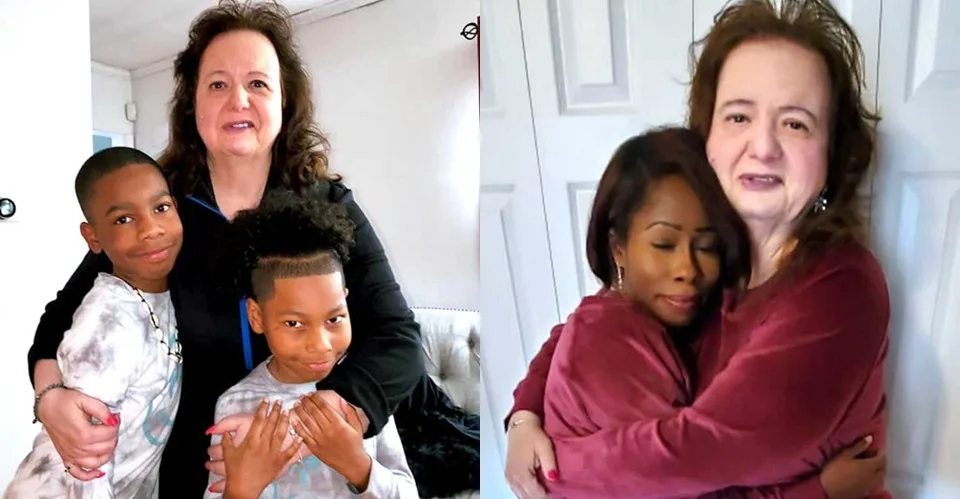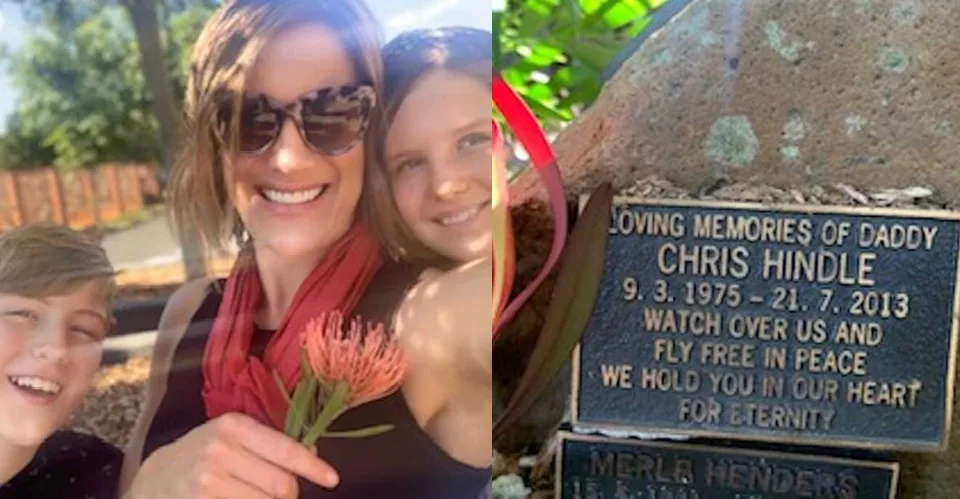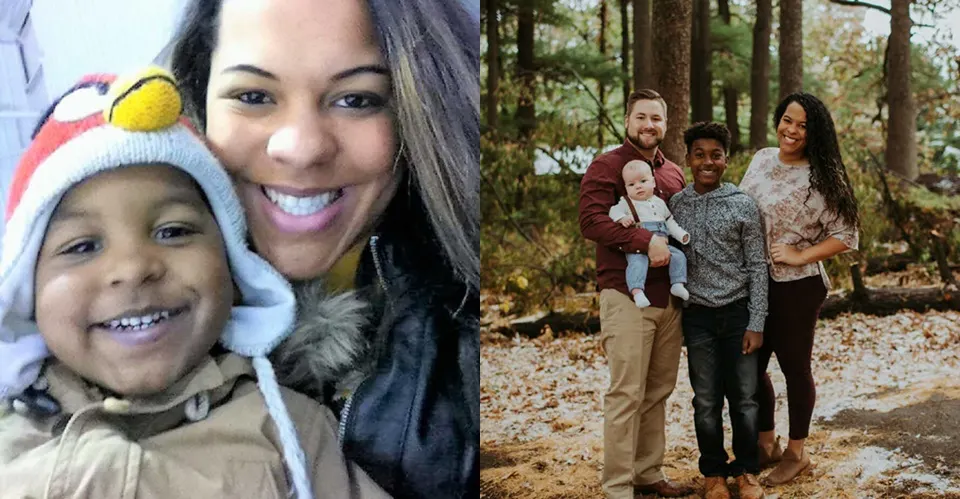Elizabeth always thought motherhood would come easily, the way sunshine follows rain. She had a loving husband, Jeff, a cozy home, and an almost cinematic life. They’d met by chance at a party she nearly skipped, fallen fast in love, and built a world together that looked, from the outside, like a dream. But when the time came to grow their family, that dream began to twist into something much more complex, something that demanded everything she had.
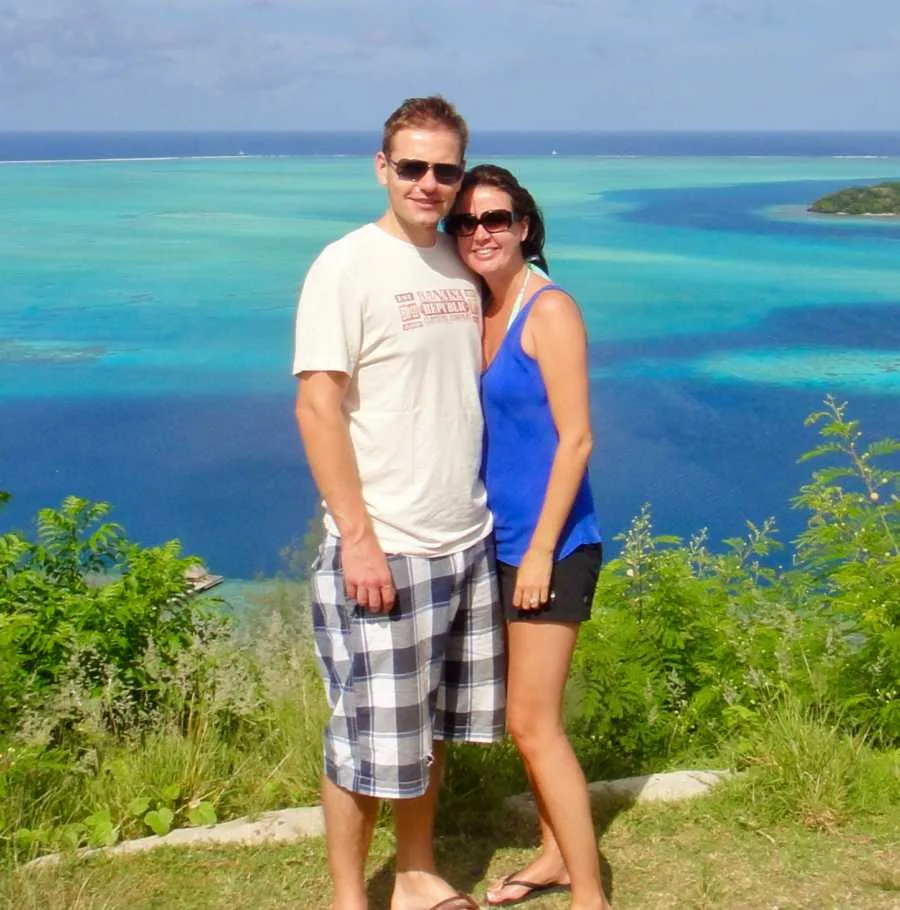
Pregnancy was a hope that kept slipping through her fingers for over two years. There were doctor visits, blood tests, tears, and long nights filled with quiet prayers. Each month came and went with the same ache of disappointment. When she finally got referred to a fertility clinic, the truth hit like a wave she wasn’t ready for—stage four endometriosis. Her body, the same one that carried her through love and laughter, had been fighting her silently all along.
IVF became her lifeline. The first round began under a shadow of grief as her grandfather grew gravely ill. Even through her heartbreak, she held on to hope. When that first pregnancy test turned positive, joy and sorrow tangled together. But ten weeks later, that joy shattered into loss. Miscarriage is a word that feels too small for the devastation it brings, too clinical for the way it tears through a heart. Elizabeth and Jeff grieved a child they never got to hold but loved with every part of themselves.
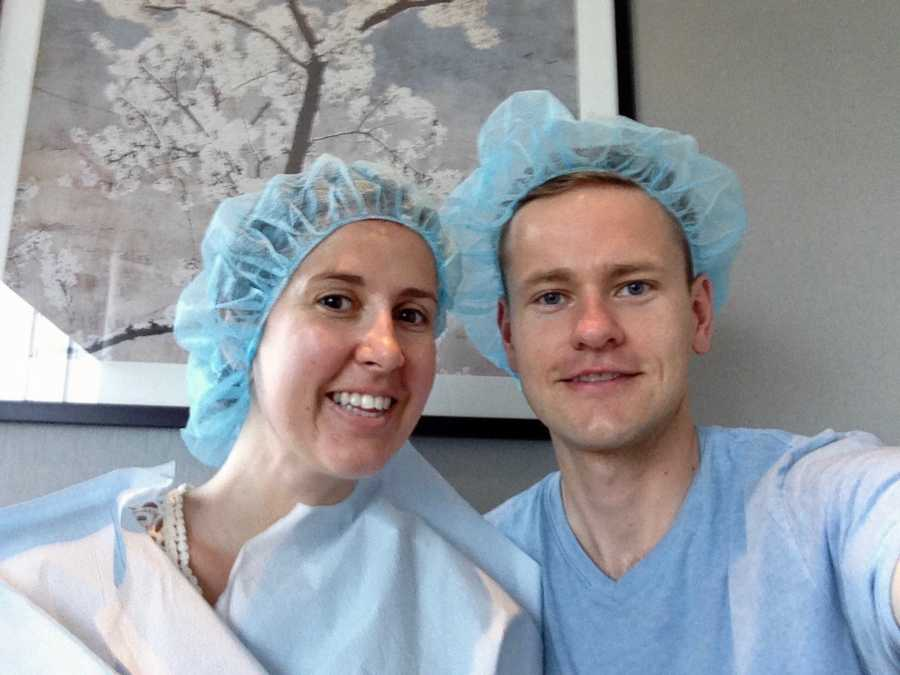
Months passed in a fog of sadness, yet something deep inside her whispered not to give up. Their second round of IVF brought cautious optimism. When the test returned positive, she tried to protect her heart, afraid to believe it. But at their 12-week scan, everything changed. The doctor confirmed not one, but two strong heartbeats. Twins. Two tiny miracles growing inside her, and for the first time in years, she exhaled a breath of relief she hadn’t realized she was holding.
That moment of joy was fleeting. The doctors noticed something concerning in one of the twins’ scans, an abnormality that hinted at chromosomal issues. Fear clawed its way back into her heart. She spent nights scrolling through medical articles, her mind spinning with all the what-ifs. The tests that followed brought no easy answers, only more uncertainty. When the results came back showing a high risk of Down syndrome, she was overwhelmed with anxiety. The word “different” sounded terrifying then, though she couldn’t know how beautiful that difference would one day be.
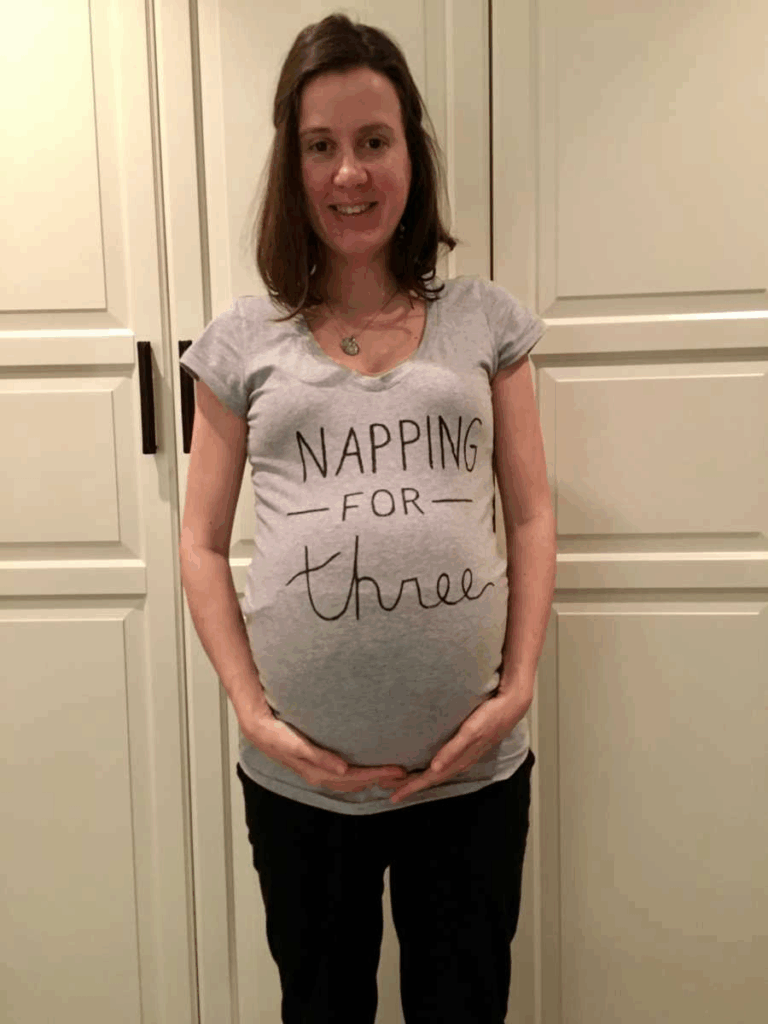
At 19 weeks, the pregnancy took another terrifying turn. Her cervix was failing. There were no warning pains, just a quiet betrayal of her body once again. She was rushed to the hospital for an emergency cerclage, a procedure that might keep her babies safe a little longer. Lying on that hospital bed, she felt helpless and angry. Why did motherhood seem so effortless for others but so unreachable for her? Her mother arrived carrying a small pendant from the Basilica of Sainte-Anne-de-Beaupré, a symbol of healing. Clutching it close, Elizabeth prayed for her daughters’ lives.
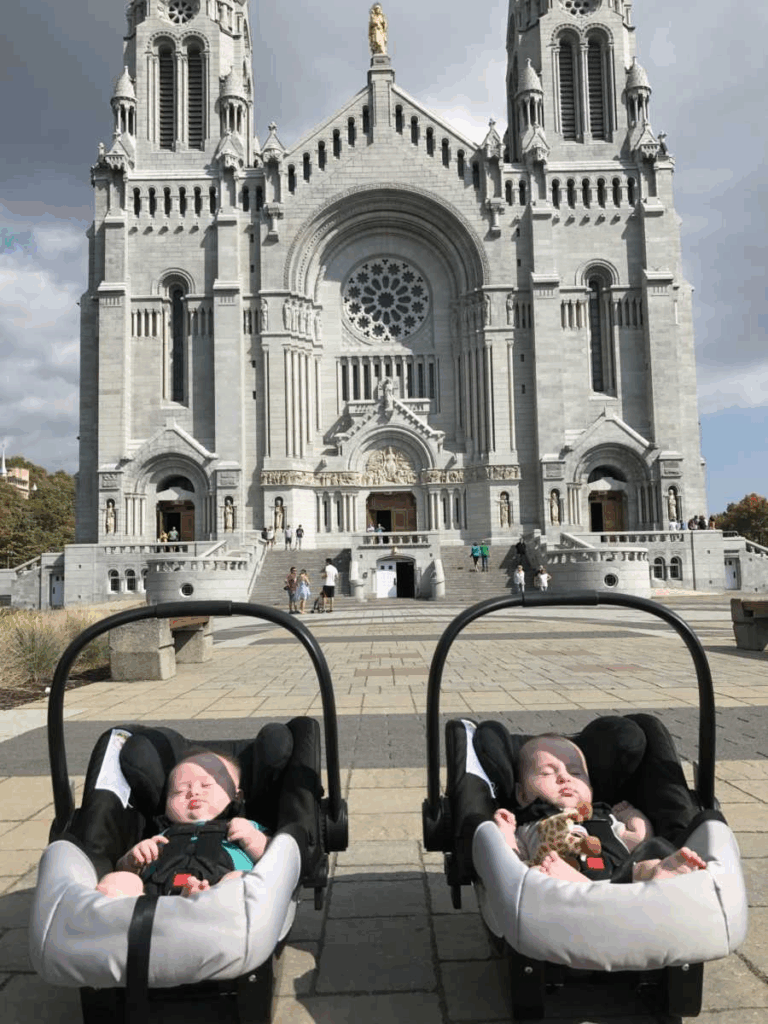
Miraculously, the procedure worked. She endured 119 long days of bed rest, her world reduced to a single room, counting every movement inside her belly like a whispered promise. When her twin girls, Grace and Olivia, finally arrived, they spent only a short time in the NICU before coming home. They were tiny but strong and perfect in every way. Grace was later confirmed to have Down syndrome. The label that once filled Elizabeth with fear now meant something else entirely. Grace’s smile became light, and her presence was a lesson in patience, empathy, and unconditional love. Elizabeth realized that every roadblock, tear, and night she thought she couldn’t go on had led her to this version of motherhood that was not the one she expected but was meant for.
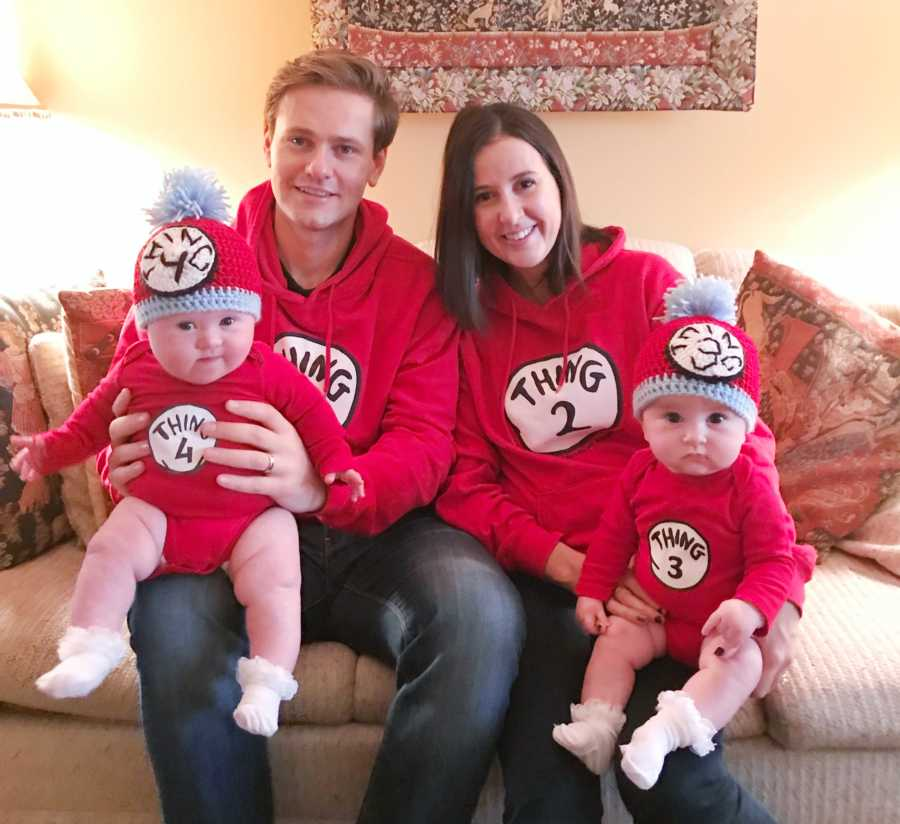
Months later, she kept her promise. With her twin daughters in tow, she visited the Basilica to give thanks. Standing before the shrine, she thought about every moment that nearly broke her, and how love had rebuilt her each time. Her miracle babies proved hope never truly dies, even when it flickers.


